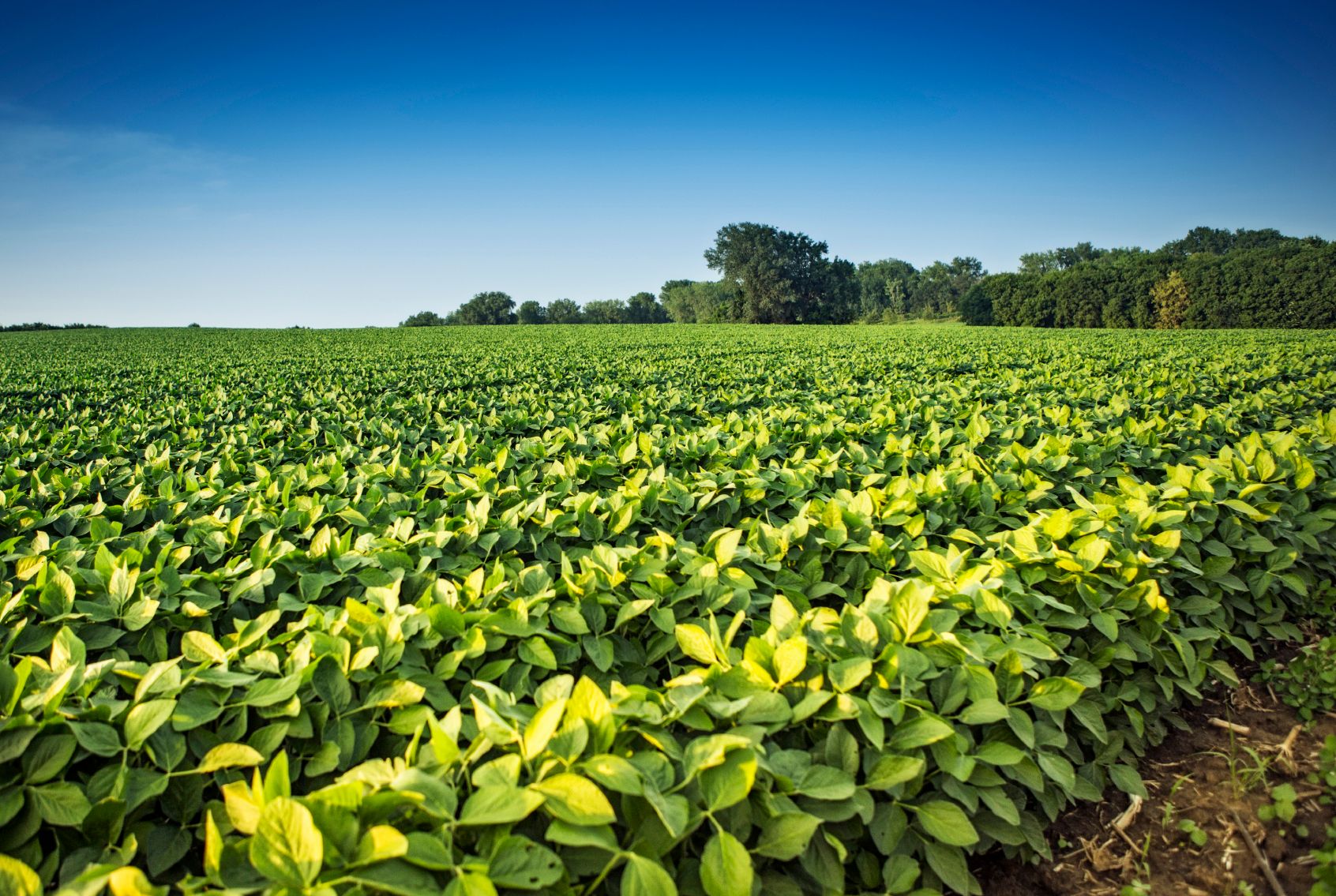FDA Finalizes Two FSMA Rules: Preventive Controls for Human, Animal Food
Certain businesses will be expected to comply with the new rules by September 2016.
Photo © iStockphoto.com/Joel_Sorrell

Two major rules of the Food Safety Modernization Act (FSMA) have now been finalized. The final Preventive Controls for Human Food and the final Preventive Controls for Animal Food were both released earlier this month, more than four years after FSMA was signed into law.
Compliance dates for the finalized preventive controls vary depending on the size of the business, but the earliest compliance dates are set for September 2016.
Human Food
Originally proposed in January 2013, the finalized Preventive Controls for Human Food includes elements of both the original proposal and the supplemental proposal released in September 2014, as well as changes based on the nearly 10,000 public comments FDA received throughout the process, according to a recent webinar.
Under the final rule, Current Good Manufacturing Practices (cGMPs) have been updated to include an explicit mention of protecting against allergen cross-contact. Previously nonbinding provisions, such as calling for employees to have the appropriate education and training to perform their assigned duties, are now binding provisions.
The final rule also clarifies the definition of “farm” to cover two types of farm operations, which may not be subject to the preventive controls rule.
Very small businesses will have three years to comply with the rules, small businesses will have two years, and all other businesses will have one year.
An overview of the Preventive Controls for Human Food is available here.
Animal Food
The Preventive Controls for Animal Food establish the first Federal cGMPs for the animal food industry, which FDA says were based on comments and existing industry standards. The final requirements were also modified from earlier drafts “to be less prescriptive while maintaining a baseline to protect animal food against contamination that would be harmful to public health,” according to a webinar on FDA’s website.
Many of the provisions of the animal food controls are similar or identical to the provisions of the human food controls, including clarifying the definition of “farm,” a more flexible supply-chain program, and requirements for hazard analysis and oversight of preventive controls.
Additionally, feed mills associated with farms in a vertically integrated operation are not covered under the finalized Preventive Controls for Animal Food.
“FDA remains concerned that not having these operations subject to the Preventive Controls for Animal Food final rule leaves a gap in the protection of human and animal health because these feed mill operations manufacture significant amounts of animal food,” according to a fact sheet on FDA’s website.
However, FDA intends to publish a proposed rule in the future to require some of these feed mill operations to implement cGMPs under the Preventive Controls for Animal Food.
The compliance schedule for animal foods is staggered in a similar way as with human foods. Very small businesses have three years to comply with cGMPs, small businesses have two years, and all other businesses have one year. However, all businesses have an additional year to comply with Animal Food Preventive Controls: four years for very small businesses, three years for small businesses, and two years for all other businesses.
An overview of the Preventive Controls for Animal Food can be found here.
Read more:
FSMA: What's Happening in 2015?
The Role of Inspection Systems in FSMA Compliance
Michael Crane
Associate Editor
Nutritional Outlook Magazine
michael.crane@ubm.com
Senate Committee has released the text of 2024 Farm Bill, with changes to hemp regulations
November 19th 2024The U.S. Senate Committee on Agriculture, Nutrition, & Forestry has introduced the Rural Prosperity and Food Security Act, which will serve as the Senate’s draft for the 2024 Farm Bill.
NPA’s lawsuit against FDA on NMN stayed pending agency’s decision on citizen petition
November 6th 2024The court has granted a joint motion for stay filed by NPA and FDA, pending the agency's decision on the citizen petition asking FDA to reverse its stance on NMN's status as a dietary ingredient.